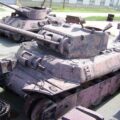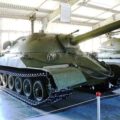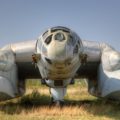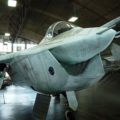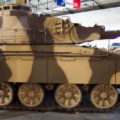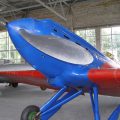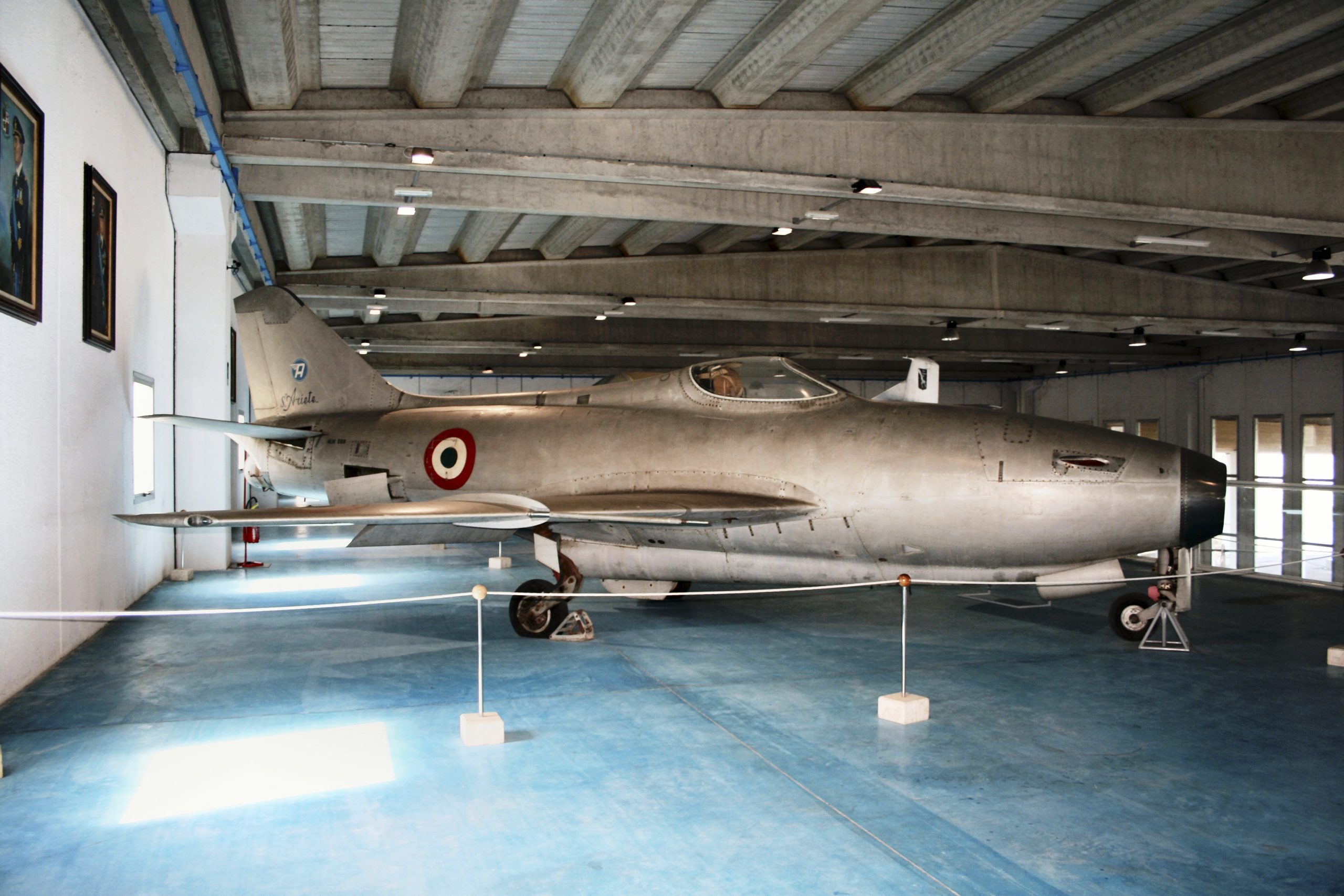
Aerfer Sagittario 2 | |
|---|---|
| Země | Itálie |
| Roli | Prototyp stíhačky |
| První let | 19. května 1956 |
| Postaven | 2 |
Tá Aerfer Střelec 2 (italsky Střelec) byl prototyp celokovového jednomístného lehkého stíhacího letounu postaveného v Itálii firmou Aerfer, který měl sloužit jako záchytný nebo lehký taktický podpůrný letoun. Poprvé vzlétl v roce 1956 a stal se prvním italským letadlem, které prolomilo zvukovou bariéru v řízeném letu, když dosáhlo Mach 1,1 během střemhlavého letu z 13 725 m (45 000 ft).
| Aerfer Sagittario 2 Walk Around | |
|---|---|
| Fotograf | Giacomo Gramazio |
| Lokalizace | Neznámé |
| Fotografie | 13 |
Související sady:
Najděte sady na eBay:
Viz také:
The Aerfer Sagittario 2 was a remarkable achievement in Italian aviation history. It was a prototype fighter aircraft that was designed to be fast, agile and versatile. The Sagittario 2 was developed from the Ambrosini Sagittario, which was itself a jet-powered version of the Ambrosini S.7 trainer. The Sagittario 2 had a sleek and aerodynamic shape, with a swept wing and tail, a bubble canopy and a nose-mounted jet engine. The engine was a Rolls-Royce Derwent 9, which gave the aircraft a thrust of 16 kN (3,600 lbf). The Sagittario 2 had two 30 mm cannons as its main armament, and could also carry bombs, rockets or additional guns on two hardpoints under the wings.
The Sagittario 2 first flew on 19 May 1956, piloted by Riccardo Bignamini. On 4 December 1956, it achieved a historic milestone when it became the first Italian aircraft to break the sound barrier in level flight at an altitude of 13,725 m (45,000 ft). The aircraft reached a speed of Mach 1.1 (1,006 km/h or 625 mph), demonstrating its excellent performance and potential. The Sagittario 2 was tested by the Italian Air Force for evaluation purposes, but it did not enter production or service. Instead, it served as a stepping stone for the development of more advanced fighters by Aerfer, such as the Ariete and the Leone. The Sagittario 2 remains an important example of Italian ingenuity and innovation in aerospace engineering.
Diváci: 501



